Meet new Subject Editors of Myrmecological News!
Recently, several eminent ant researchers agreed to becoming Subject Editors for Myrmecological News. Welcome on board! We asked them a few questions on their ant research, what they think is an ideal original article, future topics in myrmecology, and gender parity. Check out their diverse answers.
Flash interviews compiled by Florian M. Steiner

Charissa de Bekker, United States of America

MNB: What (ant) topics do you work on?
CdB: In the broad sense, I work on ant behavior and how underlying genes and pathways can give rise to behavioral phenotypes. More specifically, my lab studies how behavior manipulating fungi can alter the behavior of their Camponotus hosts and how biological clocks are involved in these host-parasite interactions.
MNB: From your personal perspective, what are some characteristics of the ideal original article (on ant research)?
CdB: Naturally, as someone who is interested in ant-fungus interactions, I particularly enjoy any articles that discuss interspecific interactions that involve ants. Additionally, articles that aim to elucidate evolutionary and mechanistic aspects of ant phenotypes are incredibly interesting to me. Especially, if those articles use a combination of more traditional approaches and novel technology.
MNB: What will be timely topics in ant research in the next five years?
CdB: The field of myrmecology has become more inclusive and integrative, and a bunch of cool new technology is being developed and becoming available for ant research. I, therefore, think we will be seeing a lot more research that approaches ant ecology from a molecular perspective and behavior from a more quantitative perspective.
MNB: What is the state of gender parity (in ant research) at your end?
CdB: I do think we are moving into the right direction but a lot of invisible barriers, that exist for some but not others, are yet to be removed. As Lucky & al. assessed in their article published in Myrmecological News in September 2020, the number of women in myrmecology is growing but there is still a lack of parity in representation and productivity. As a woman in science and a first-generation student and academic, I have been lucky to have had mentors who were incredibly supportive and helped me to get where I am today. But, like other women in science, I am undoubtedly still battling implicit biases in, for instance, the peer-review and publication process. As such, I now try to be a supportive mentor myself, who fosters a diverse lab, as well as a reviewer and editor who is aware of her own implicit biases to contribute to an unbiased and more equitable publication process. Hopefully, with these efforts, I am helping towards reaching gender parity in our field of research and beyond.
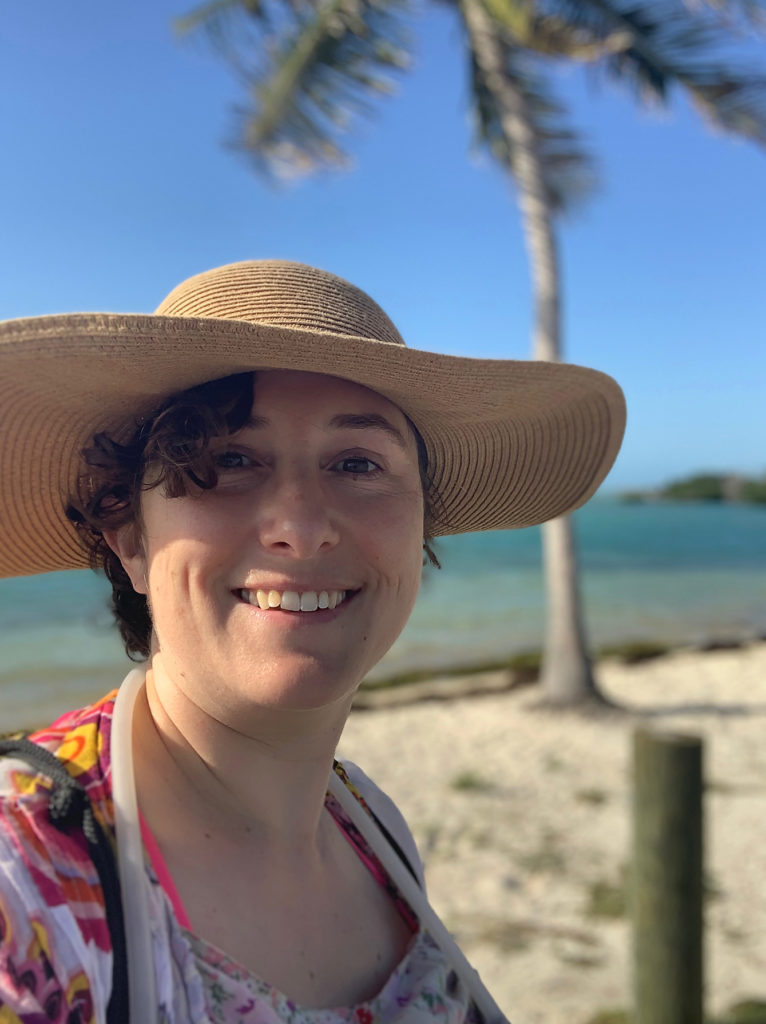
MNB: What (ant) topics do you work on?
ACL: I study social fluid exchange (aka trophallaxis), how it evolved and how it can be used to make collective decisions within colonies. These topics touch many domains of ant research from the physics of behavior to evo-devo. We use primarily proteomics, phylogenetics, machine learning, and quantitative behavior assays. The lab is working primarily with ants but we must admit to have had a few dallyings with other social and not-so-social insects.
MNB: From your personal perspective, what are some characteristics of the ideal original article (on ant research)?
ACL: Ant biology is so rich and diverse that an ideal new article on ant research, to me, would provide a new way to make sense of some aspect of the incredible biology we see in ants. I’m a synthesis person, so if you give me a new framework that brings together information that I couldn’t previously understand, I am happy. If your framework can make predictions, even better!
MNB: What will be timely topics in ant research in the next five years?
ACL: Social fluids (obviously), and the related concept of social physiology (how components or signals passed around colonies regulate the functioning of the superorganism).
Larvae – We know so little about them while paper after paper tells us that they are incredibly important to the functioning of the colony.
While not so much a topic as a tool, machine learning paired with ant phylogenetics will yield lots of interesting answers – and questions.
We are already in the midst of a bloom in ant research on comparative genomics and quantitative behavior. I hope that in the coming years we’ll start mixing these to get both more comparative behavioral studies and functional work characterizing all of the interesting “hits” that have been coming out of the ant genomics and gene expression studies.
MNB: What is the state of gender parity (in ant research) at your end?
ACL: I did my PhD in biophysics. When I joined the ant community, I was *thrilled* at the number of women in high positions. While it is not 50-50, it is much closer than what I see in all the university communities around me. Having been part of the ant and social insect research communities for some time now, the more reasonable representation of women here continues to give me joy. There is still some way to go, especially at the top of the pyramid(s) and with regard to unconscious biases. I must admit that my own lab is not quite gender balanced (~ 2:1 women to men), so I do what I can to make everyone feel welcome.
Manuela de Oliveira Ramalho, United States of America
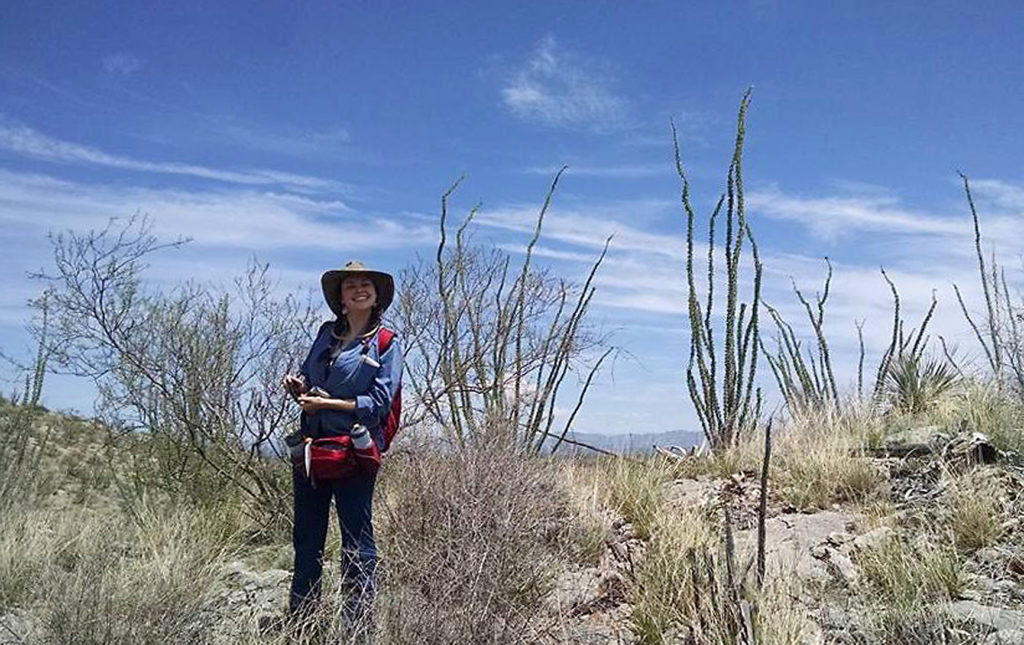
MNB: What (ant) topics do you work on?
MdOR: To understand the patterns of biodiversity, we must consider symbiotic interactions, as they can shape animal evolution. But what changes these symbioses? How do we explain all the diversity? These are questions that intrigue me and that I love to study! My research focuses on understanding the mechanisms that impact microbial communities, unravelling the role of ecology, diet, behavior, stage of development, and phylogeny of the host in these symbiotic interactions. To answer these questions, I use ants as a study model! In several ant genera, symbiotic interactions with microbial communities have been shown to have profound impacts for the host. But more than that, ants have a wide distribution across the globe and an immense diversity of behaviors and ecology. These make them the perfect study model for my questions. Also, ants are fascinating!
MNB: From your personal perspective, what are some characteristics of the ideal original article (on ant research)?
MdOR: I particularly love the original article that has clear and elegant questions and that uses clever measures to solve. In the last few years, I have been increasingly fascinated by papers that conduct experiments in laboratories to change the original characteristics of the colony and see how it impacts them.
MNB: What will be timely topics in ant research in the next five years?
MdOR: With technological advances, I believe that genomic approaches can result in phylogenies with good support that help us understand evolutionary and ecological patterns of life. This serves as a basis for several research topics, such as microbial interactions that ants engage in as hosts.
MNB: What is the state of gender parity (in ant research) at your end?
MdOR: This issue has been discussed in the USA for a long time, but a major milestone for the field of myrmecology was “XXIII Symposium of Myrmecology: An International Ant Meeting” (Curitiba, PR) in 2017 (this symposium always takes place in Brazil); in that year, there was a symposium on female representation within our field of myrmecology. The discussions were not restricted to the days of the event, and more and more this subject is being discussed, and more people are engaged, including myself. Although our research focuses on a group dominated by females (ants), in terms of authorship of papers, it is still a male-dominated society with no significant increases in female representation since 1990 with women representing only 35.59% of first authors and 22.90% of last authors. To achieve gender parity in ant research, we still have a long way to go. The good news is that this subject has been gaining importance, and several papers have discussed this specifically in the field of myrmecology (see Lucky & al. 2020, Ramalho & al. 2020 a, b); several proposals have been raised to make our field of research more inclusive and fair, not only in terms of gender but also including other underrepresented groups in science. There are measures that we can adopt, both at an individual and institutional level. But to overcome these injustices, we need to act so as not to lose talent and thus make science of quality and impact.
References
Lucky, A., Atchison, R.A., Ohyama, L., Zhang, Y.M., Williams, J.L., Pinkney IV, J.L., Clancy, K.L., Nielsen, A.N. & Lippi, C.A. 2020: Myrmecology, Gender, and Geography: changing demographics of a research community over thirty years. – Myrmecological News 30: 187-199.
Ramalho, M.O., Decio, P., de Albuquerque, E.Z. & Esteves, F. 2020a: Parenting in the field of myrmecology: career challenges in the 21st century. – Boletim do Museu Paraense Emílio Goeldi-Ciências Naturais 15: 27-37.
Ramalho, M.O., Martins, C. & Moreau, C.S. 2020b: Myrmecology: majority of females only within the colony. – Boletim do Museu Paraense Emílio Goeldi-Ciências Naturais 15: 17-26.

MNB: What (ant) topics do you work on?
JK: I have been studying Formica rufa group wood ants since my master studies. These species have a longstanding role in ant research, but perhaps somewhat unconventionally, I do not focus on their sociality. Formica rufa group species cause headache from the perspective of taxonomy since many of them hybridize, and throughout my studies, I have aimed at understanding the process of speciation using these ants as a model. My current studies focus on understanding the outcomes of hybridization across time and space and the potential of hybridization to generate genetic diversity for adaptation. In the past, I have also been interested in the genetic basis of chemical communication in ants.
MNB: From your personal perspective, what are some characteristics of the ideal original article (on ant research)?
JK: Ideal article places the study in the wider context of literature, outlines the knowledge gap it addresses, and is thoroughly executed and well written.
MNB: What will be timely topics in ant research in the next five years?
JK: Ant research has for a long time been at the forefront of modern evolutionary biology and ecology. Especially genomic and molecular tools have been quickly adopted by the ant community and there is a long history of behavioral and ecological studies. I expect to see contributions to major evolutionary questions in the topics like adaptation to anthropogenic change, genome evolution and gene interactions underlying phenotypes.
MNB: What is the state of gender parity (in ant research) at your end?
JK: My current team has roughly equal gender ratio. Gender bias is regularly discussed in my group and I aim to follow simple guideline in my work: Whenever suggesting reviewers, inviting speakers or organizing events, I aim at 50:50 gender ratio.
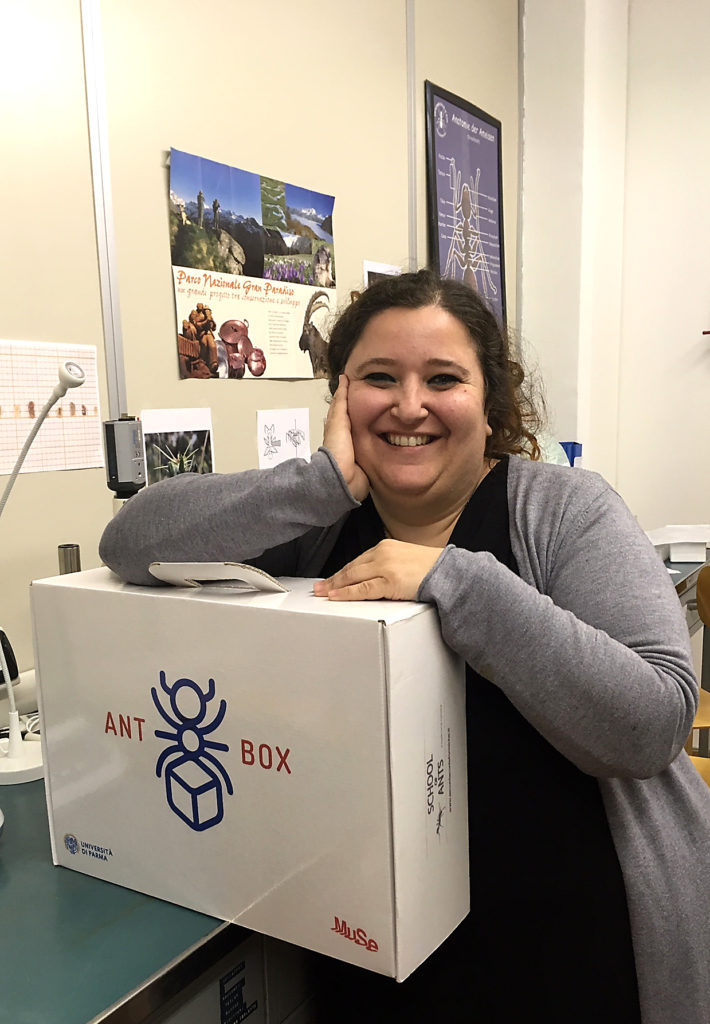
MNB: What (ant) topics do you work on?
CC: At the moment, I am working on two different research topics. The first one concerns the role of ants in the Integrated Pest Management (IPM) and my study models are mainly Italian orchards and their ant fauna. The second one is related to urban environments, and it is focused on the possibility to use ants for evaluating human impact on urban biodiversity. To develop this topic, I also started a Citizen Science project named “The School of ants: learning with the ants” where we are involving Italian students and teachers from all the Italian country.
MNB: From your personal perspective, what are some characteristics of the ideal original article (on ant research)?
CC: I think that the potential of ants in comparative studies has not yet fully developed. Ants are a clearly recognizable group (just only one family) but extremely diverse and widespread. This characteristic opens the possibility for new comparative approaches that could try to understand the evolutionary mechanisms that shaped this peculiar group of insects.
MNB: What will be timely topics in ant research in the next five years?
CC: Human impact in the development of ant invasive species, the role of ants in Integrated Pest Management, ants as possible source of food for humans, the role of ants in Ecosystems Services, insect biodiversity loss.
MNB: What is the state of gender parity (in ant research) at your end?
CC: Italian ant researches are a small group in comparison to other countries, and if we look at the gender of the authors of the published articles, I have to admit that they are mainly men. Therefore, my personal experience at the University of Parma is a general gender parity of students that ask for a research thesis to my lab. For some reasons, we are still losing women that, after a first general successful experience of research at university, do not decide to continue in a research career. Obviously, it is a complex problem, but I hope that my experience as female researcher could help women that worked and will work in my lab in finding the motivation to start a research career.
Christina Kwapich, United States of America
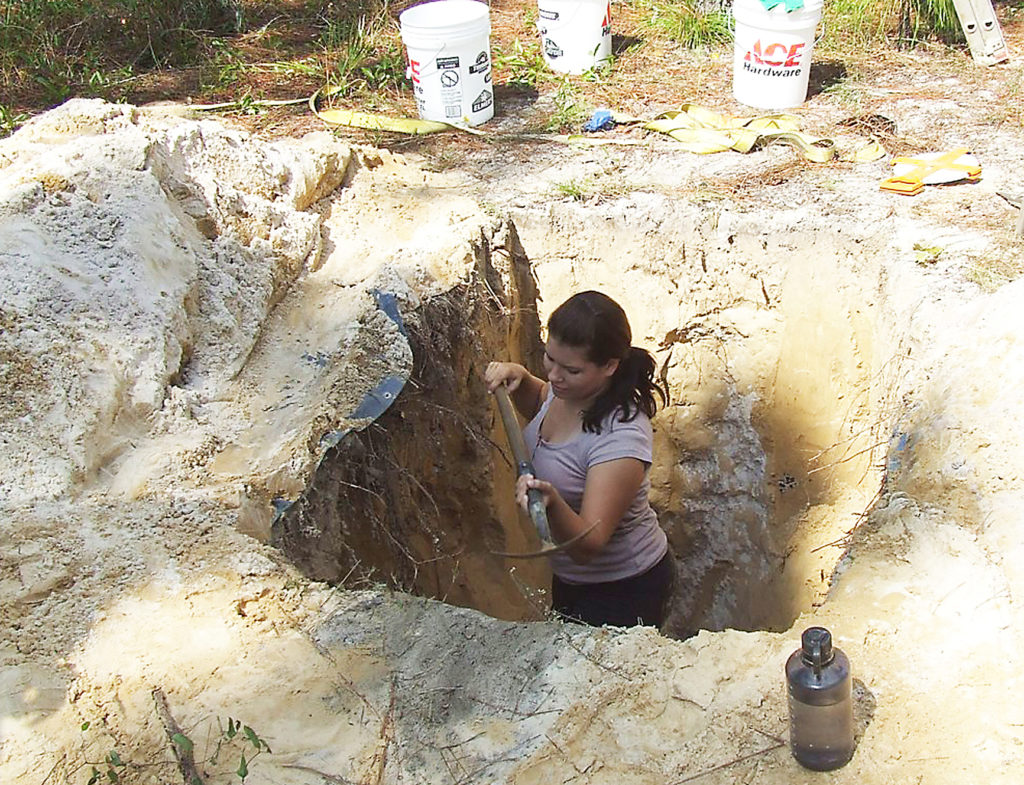
MNB: What (ant) topics do you work on?
CK: Most of my work focuses on production ecology of seed harvesting ants. I like to think about all the moving parts of an ant economy, from seed storage and seed processing, to demography, body size, genetic diversity, and labor allocation. I also conduct experiments on ant nest architecture. Most recently I have been investigating why some desert-dwelling species incorporate objects like lichen, resin and fungus into their nests.
Over the years, I have become increasingly distracted by the myrmecophiles living inside ant nests. At the moment, my lab is studying the consequences of host choice in two myrmecophile groups, including Myrmecophilus crickets, and several genera of spiders. The myrmecophiles of interest are host-generalists, found with numerous ant species. Their body sizes, sex ratios and lifetime reproduction all vary according to host identity. My question is: Why do host-generalists persist, if they experience significant life history trade-offs with different ant species?
MNB: From your personal perspective, what are some characteristics of the ideal original article (on ant research)?
CK: I like to read papers that are motivated by natural history. To understand an ant colony, it is important to become familiar the unique constellation of problems it faces across seasons, as it grows, and with respect to the other players and factors in the environment. After all, ants are not interchangeable pixels, but animals that develop and have experiences in an ecological context. Another word for natural history is reality. The most interesting studies are anchored there.
MNB: What will be timely topics in ant research in the next five years?
CK: In the realm of ant behavior, I think studies on social immunity and hygiene in ant nests will continue to be of interest, as will research on the continuum between microbial mutualists and pathogens found with ants. Lately, ideas about Wasmannian (tactile) mimicry have had a resurgence in the literature on social parasites and myrmecophiles, and I think exciting behavioral experiments will soon follow. Ant tracking technology is also experiencing a renaissance. Perhaps in five years we will be able to track ants in their three-dimensional, subterranean nests.
MNB: What is the state of gender parity (in ant research) at your end?
CK: The main professional community for myrmecologists in my region is the North American Section of the IUSSI. My impression is that women are well-represented in the membership and leadership of the North American Section of the IUSSI, and I am delighted to be President Elect this year. While my own experiences as a myrmecologist and field biologist have been overwhelmingly positive, not everyone is so lucky. I recently participated in the first Ibero-American Symposium on Myrmecology, where several myrmecologists discussed recent studies on equity in our field (Ramalho & al. 2020a, b). The round table with Dr. Manuela Ramalho and Dr. Emilia Z. Albuquerque, Dr. Alexandre C. Ferreira, and PhD student, Juliana Calixto, brought up many important issues related to perceived and quantifiable inequities between people identified as men and women in myrmecology.
Here is what I think: Research suggests that the conventions of established groups can be overturned when a minority opinion reaches approximately 30%. When one group is minoritized below the tipping point, the needs and opinions of those individuals are often conflated with the group’s most obvious unifying characteristic (i.e. perceived gender, race, or age). This is tokenism, and it ignores the other relevant ways that people vary. Increasing gender parity is one way to advance the diverse personal and professional ambitions of women. We should work diligently to correct differences in representation that result from current and historical suppression, while acknowledging that personal preferences also influence who decides to join a group. Recognizing that many issues are not gender-specific (e.g. caregiving), is one such way of decreasing professional discrimination against women.
Personally, I have mixed feelings when I hear gender reported alongside a person’s scientific achievement or profession in the news. I only hope that if anyone is surprised by my research, it is because ants do surprising things, and not because a woman worked it out.
References
Ramalho, M.O., Decio, P., de Albuquerque, E.Z. & Esteves, F. 2020a: Parenting in the field of myrmecology: career challenges in the 21st century. – Boletim do Museu Paraense Emílio Goeldi-Ciências Naturais 15: 27-37.
Ramalho, M.O., Martins, C. & Moreau, C.S. 2020b: Myrmecology: majority of females only within the colony. – Boletim do Museu Paraense Emílio Goeldi-Ciências Naturais 15: 17-26.
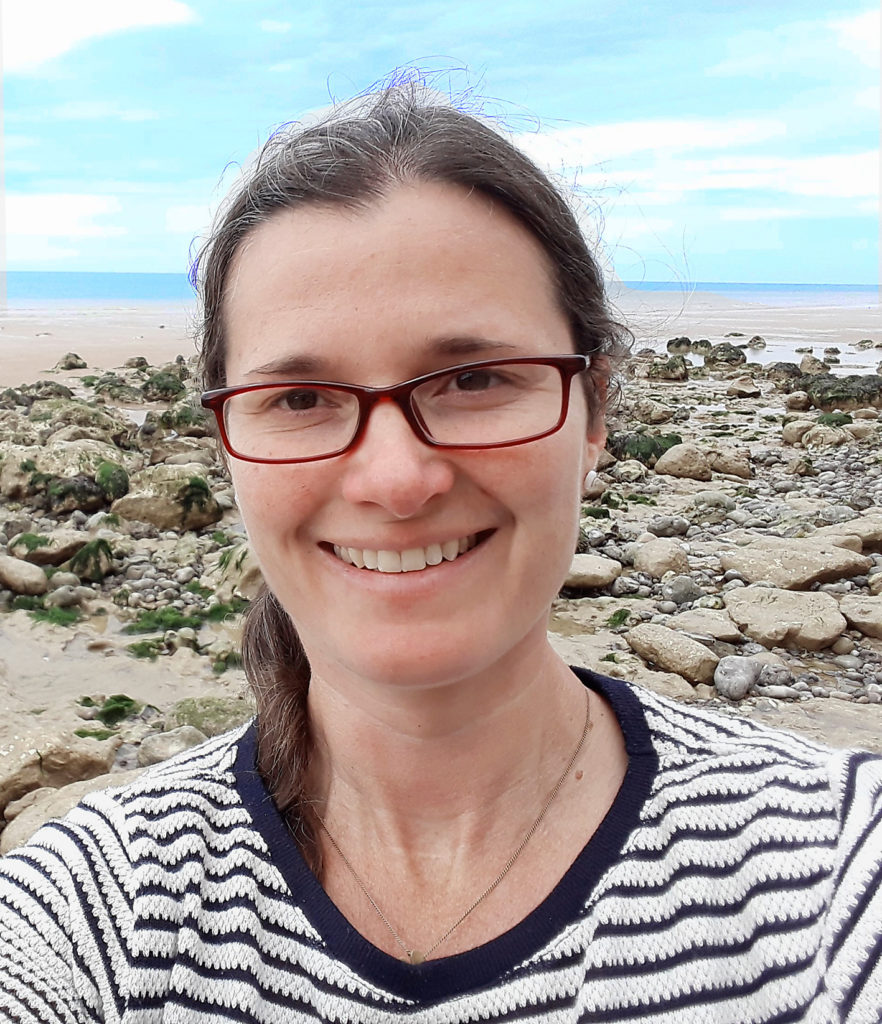
MNB: What (ant) topics do you work on?
BF: In ants, I am mostly interested in the molecular basis of caste differentiation, of different behaviours and also of the apparent lack of the longevity-fecundity trade-off in social insects. Moreover, I am interested in the adaptive genomics of various organisms, including ants, where we investigate local adaptation of ant populations as well as their adaptive potential to climate variables. In my research I like to combine experiments with downstream molecular analyses. This is why I am very excited about the opportunities that the next generation sequencing era is offering, from comparative genomics to truly linking phenotypes to genotypes. This allows us scientists to finally investigate and answer questions which have so far only been addressed theoretically.
MNB: From your personal perspective, what are some characteristics of the ideal original article (on ant research)?
BF: The ideal original article would address an interesting question, formulate a clear, theory-based hypothesis, and test it based on a witty experiment. The article should be well structured and to the point.
MNB: What will be timely topics in ant research in the next five years?
BF: I think there will be plenty of topics from different disciplines: a) with comparative genomics, we can study the evolution of the enormous diversity of behaviors, morphological traits, lifestyles, and so on. b) We are still at the very beginning of understanding the diversity and the real role of the gut microbiome. c) Social insects in general are great models to study the epigenetic mechanisms underlying morphological (e.g., caste) differentiation. d) New tracking tools allow us to gain insights into information transmission and collective behavior. e) last but not least, how will ants and social insects cope with changing environments due to urbanization and, in particular, climate change?
MNB: What is the state of gender parity (in ant research) at your end?
BF: Unfortunately, it is still the case that the majority of students entering biology programs are women, but as we move up the career ladder the ratio shifts more and more towards men. However, in recent years, there have been quite a few appointments of great female professors working with ants, or at least social insects. I hope this trend continues!
Flávia Esteves, United States of America

MNB: What (ant) topics do you work on?
FE: I’m an ant taxonomist, and am currently working on the taxonomic revision of the genus Discothyrea in the Malagasy region and on the phylogeny of the genus in the world. However, amblyoponines are the ants that move my heart. I revised the genus Stigmatomma occurring on Madagascar and surrounding islands back in 2016, and since then have been studying the genus in other bioregions. Together with Emília Z. Albuquerque and Rogério R. da Silva, my dear Brazilian friends and extraordinary myrmecologists, I’m also tackling the taxonomy of the genus Fulakora.
MNB: From your personal perspective, what are some characteristics of the ideal original article (on ant research)?
FE: A good paper must first be accessible to everyone, and so it’s open access. It should also facilitate validation, replication, and reinterpretation. So, the methodology is clear and detailed, coding is accessible and well-annotated, data is freely and permanently available and metadata is informative, and evidence is fully documented and illustrated.
MNB: What will be timely topics in ant research in the next five years?
FE: I think morphology and paleontology will be two topics receiving increased attention in myrmecology in the next few years, as a result of new/reinvented methodological approaches and technologies being used in studies published recently. For example, more and more people are studying ant anatomy and finely detailed morphology thanks to microCT and electron scanning; their papers are beautifully illustrated, and contain a wealth of information and freely available data. They will certainly inspire a new generation of ant morphologists and taxonomists. I hope they will also inspire ant paleontologists to start publishing full-access to their raw data (CT-scans, images), which in turn will foster reinterpretation, reanalysis, new analysis, and consequent scientific interest and progress.
Speaking about fossils, I recently learned there is a soon-to-be-published study on the phylogenetic relationships among Formicoidea lineages. It’s exciting because it’s based on a large matrix of morphological characters and a fairly representative fossil and extant taxon sampling, and I cannot wait to read it! I hope this study will ignite discussion and interest, and that other similar studies will follow.
Finally, I would like to see more people utilizing molecular data to investigate the native range of widely distributed ant species. As far as I know, the distribution of several of these ants is classified as exotic vs. native according to historical collection records, and so they are largely speculative in my view.
MNB: What is the state of gender parity (in ant research) at your end?
FE: My perception of gender parity aligns with the findings of two recent studies that evaluated cisgender representation according to publication records in our discipline, which is that the number of women among graduate students and postdocs is increasing, but the same is not happening in later career stages (Lucky & al. 2020, Ramalho & al. 2020; Myrmecological News Blog has a nice review on the topic: https://blog.myrmecologicalnews.org/2020/09/02/women-in-science-parents-in-science-minorities-in-science-so-what/). I also see more women in conference speaker lists and journal’s editorial bodies.
It’s important to mention that gender parity is a flawed measurement of gender equality, as Lucky & al. (2020) elegantly stated. First, it’s a cis-normative perspective, and as such it disregards the gender identity’s non-binary distribution. Second, it does not account for the intersection of social identities, and consequently it does not inform how this multifaceted identity affects discrimination and privileges.
My point is: we need to discuss more the nuances of myrmecology’s gender gap if our goal is to attain equality and diversity in our community. It is clear that the intensity and the number of struggles a woman faces vary according to the number of privileges one has. Take for example my experience as a Brazilian myrmecologist that now lives in the USA. In Brazil, I was incredibly privileged, just by chance or birth—my skin color, education, and economic and social background were not a hurdle to academic acceptance. Being a woman was the only facet of my identity that could trigger prejudice against me, and so, I only had to break the stereotypes of being helpless and frivolous. I lost part of my privileges when I came to the USA. Suddenly I was also Latina and the spoken language was not native to me, and these new identities apparently affected how some peers evaluated my intellect or competency. The attitudes of those myrmecologists, all men, were insulting. For example, a respected scientist once asked after learning I was invited to lead a field trip in Mozambique: “But why you?”. On several occasions, another respected myrmecologist, upon learning I had collected several rare ant species, recounted the story to our peers as my husband’s impressive feat (my husband also studies ants). Or when consulting for a project, I unsuccessfully spent two months convincing two men to follow my lead in a matter I was the expert, and they only gave up once another man interceded on my behalf. Or the prevalent and unbearable mansplaining.
Microaggressions like the ones I mentioned above may sound inoffensive or tolerable, but they’re pernicious, tiresome, and erode your sense of belonging. Luckily, most myrmecologists are welcoming, gracious people. Thanks to them I could shove those feelings aside, but mind you, I’m still incredibly privileged, and certainly my experience with prejudice pales in comparison to other people’s (independently of the place they live). I wonder if I would still be a myrmecologist if the intersect of my identities triggered more biases than it does, if institutional discrimination was as noticeable to me as individual discrimination, or if I had endured prejudice for my entire life.
References
Lucky, A., Atchison, R.A., Ohyama, L., Zhang, Y.M., Williams, J.L., Pinkney IV, J.L., Clancy, K.L., Nielsen, A.N. & Lippi, C.A. 2020: Myrmecology, Gender, and Geography: changing demographics of a research community over thirty years. – Myrmecological News 30: 187-199.
Ramalho, M.O., Decio, P., de Albuquerque, E.Z. & Esteves, F. 2020a: Parenting in the field of myrmecology: career challenges in the 21st century. – Boletim do Museu Paraense Emílio Goeldi-Ciências Naturais 15: 27-37.
Patricia J. Folgarait, Argentina

MNB: What (ant) topics do you work on?
PJF: I have been doing applied science during the last three decades working on environmentally friendly strategies to control ants, especially using parasitoids (phorids) and pathogens (mainly fungi) but including too lots of natural history information and ecology because I believe it is not possible to control what you do not know. However, my heart is in studying and understanding interactions where one of the partners is always an ant.
MNB: From your personal perspective, what are some characteristics of the ideal original article (on ant research)?
PJF: It should have something new, that nobody has looked at previously, and that could have great repercussions in terms of ecology or evolutionary insights. However, there cannot be too many of this type in any single year. For regular articles, I believe the ideal would be one that can contribute in building an incipient pattern, or that is new for a species or geographical region, or that shows extraordinary or unknown interactions or natural history information.
MNB: What will be timely topics in ant research in the next five years?
PJF: Anything new and/or coming from threatened species or their habitats will represent a timely topic.
An area of research that is astonishingly behind is the study of chemical compounds from ants’ glands, which I am sure is promising regarding applications for human medicine and agriculture.
Biological control of ants is in its infancy, and considering the harmful effects of chemical pesticides, I believe more contributions regarding this topic will be invaluable.
One important issue that should be considered in future ant research is that reviewers should understand the huge effort that represents doing field experiments and should not expect replications as in laboratory experiments.
MNB: What is the state of gender parity (in ant research) at your end?
PJF: Now there are more young women than men doing ant research but within my cohort, it is the opposite.
MNB: What (ant) topics do you work on?
MO: Role of ants on soil carbon dynamics.
MNB: From your personal perspective, what are some characteristics of the ideal original article (on ant research)?
MO: Connection with new research field.
MNB: What will be timely topics in ant research in the next five years?
MO: Role of ants on soil biogeochemistry and biodiversity.
MNB: What is the state of gender parity (in ant research) at your end?
MO: Little inequality.

MNB: What (ant) topics do you work on?
YU: With my group, I work on social behavior and disease dynamics, asking in particular how the former might affect the latter. To do this, we combine different tools (behavioral tracking, experimental infections, molecular tools, etc.) in laboratory experiments with a particular species, the clonal raider ant.
MNB: From your personal perspective, what are some characteristics of the ideal original article (on ant research)?
YU: Irrespective of the topic, I personally love the combination of interesting natural history (of which there is so much in ants) and rigorous analysis. If the article is well written and the arguments clearly laid out, the article is close to ideal in my view.
MNB: What will be timely topics in ant research in the next five years?
YU: For people interested in behavior like me, I think we’ll see more and more of beneficial cross-talk between behavioral ecology and neurosciences. Tools that were until recently restricted to model species (gene editing is just one example) are also gradually becoming available for ants, which will increase the breadth and depth of questions we can address in ant research. At the same time, I think ants will keep providing excellent systems to study some pressing real-world issues, like biological invasions or biodiversity loss.
MNB: What is the state of gender parity (in ant research) at your end?
YU: Many of the best-established ant researchers I know are women, meaning there are plenty of role models in the field! However, we’re still far from gender parity, especially at the senior level. We’re headed in the right direction, but change is very slow. I also worry about the impact of the pandemic on gender parity in research in general.

MNB: What (ant) topics do you work on?
IA: I work on community ecology of ants in tropical agroecosystems and natural habitats, specifically coffee plantations, cattle pastures, sugar cane, oil palm (only one research) but also in dry forests, Andean forests and wet forests. Ant diversity has shown to reflect the degradation (or rehabilitation) of human managed agroecosystems and ecosystems.
MNB: From your personal perspective, what are some characteristics of the ideal original article (on ant research)?
IA: I enjoy articles that explore the natural history of ants with an evolutionary significance. The article may include well-designed experiments as well as sampling experiments providing light on different aspects that let us to understand better how social insects deal with selective forces of their environments. Implications for the conservation to biodiversity directed to humans is also an important component of an original article.
MNB: What will be timely topics in ant research in the next five years?
IA: I plan to focus research in three main lines: (1) biodiversity of ants and their functional responses in tropical dry forest fragments, (2) changes in ant biodiversity in tropical “paramos”, which are the áreas located at the top of Andean mountains, and how certain biogeographical hypotheses fit using ants and other insects, and finally, (3) how functional biodiversity of insects such as ants and pollinators behave, in terms of community ecology along coffee landscapes.
MNB: What is the state of gender parity (in ant research) at your end?
IA: In our research group, several women have succeed working with ants (mainly students). However, in my department I am currently the only female working with ants. About 80% of the professors in the biology Department are males, and only one other male professor works with ants. In other words, the gender parity is balanced in terms of ant research (one male and one female).





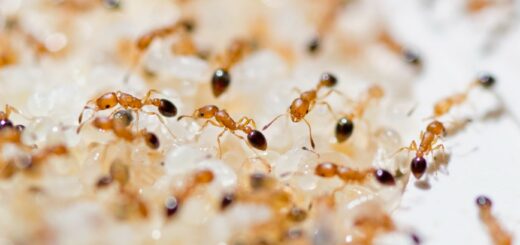
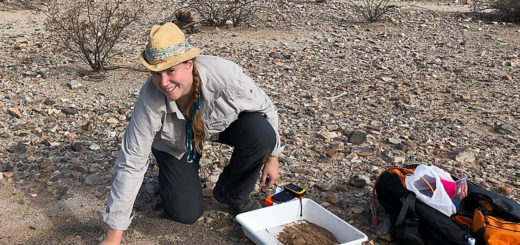

Recent Comments